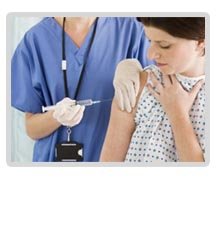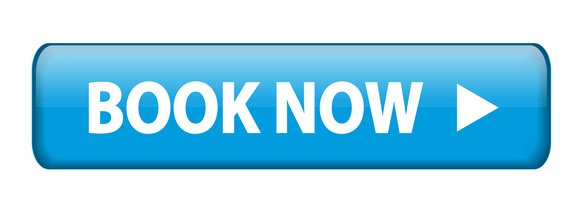
At last a real treatment, not just symptom relief.
Prolotherapy actually heals ligamentous strain using mild inflammation to trigger the healing cascade and generate new collagen.
This can relieve:
- Low back pain - Whiplash
- Upper back pain - Headaches
- Patellar dislocation - Osteoarthritic knees
- Tennis and golfers elbow
- Sporting injuries to knees, shoulders, wrists, ankles etc
- Recurrent shoulder dislocation
and many other musculoskeletal problems
Latest thoughts:
Does PRP work better than prolotherapy vs PRP in rotator cuff lesions of shoulder.
In 2017 a group from Turkey compared ultrasound guided prolotherapy to rotator cuff lesions with physiotherapy exercises 3 times a week. Both groups were instructed in home exercises.Clinical assessment of shoulder function was performed using a visual analog scale (VAS) for pain, Shoulder Pain and Disability Index (SPADI), Western Ontario Rotator Cuff (WORC) Index, patient satisfaction, and shoulder range of motion. Patients were examined at baseline, weeks 3, 6, and 12, and last follow-up (minimum of one year). Both groups achieved significant improvements over baseline but prolotherapy was significantly better in the VAS scores, SPADIs and WORC, and in shoulder abduction, flexion and in internal rotation. However, no significant difference was found in external rotation at any follow-up period. In the prolotherapy group, 53 patients (92.9%) reported excellent or good outcomes; in the control group, 25 patients (56.8%) reported excellent or good outcomes. Orthop Traumatol Surg Res. 2017 May;103(3):427-433 https://www.ncbi.nlm.nih.gov/pubmed/28215611
These results are similar to Bertrand’s study comparing glucose prolotherapy with saline to entheses of rotator cuff lesions in which injections of hypertonic dextrose on painful entheses resulted in superior long-term pain improvement and patient satisfaction compared with saline injections. Arch Phys Med Rehabil. 2016 Jan;97(1):17-25 https://www.ncbi.nlm.nih.gov/pubmed/26301385
Previously, a similar group, also from the Turkish Gülhane Military Medical Academy, compared PRP with saline. The subjects had shoulder pain with throwing and MRI findings of tears or partial ruptures, and a minimum 50% reduction in shoulder pain with subacromial injections of an anaesthetic. All patients underwent a 6-week standard exercise program. Patients were randomized into PRP or saline ultrasound-guided injection into the subacromial space. WORC, SPADI, VAS with impingement, and shoulder range of motion were assessed at baseline and at 3, 6, 12, and 24 weeks and 1 year after injection. Although each group improved significantly, surprisingly there was no significant difference between the groups at any time. Am J Sports Med. 2013 Nov;41(11):2609-16. https://www.ncbi.nlm.nih.gov/pubmed/23893418
Comment:
Although in the PRP study, their pain was relieved by anaesthetic to the site of impingement, the impingement was being caused by reflex inhibition of the muscles that hold the head of the humerus into the glenoid, (mainly subscapularis and infraspinatus) due to pain (strain) at their insertions.
Both PRP and glucose prolotherapy are effective in restarting the healing response and repairing tears, strains and tendinopathy, but in the PRP study the injections were subacromial, not at the insertions of the rotator cuff muscles, so they were no more effective than exercise alone. If the PRP was given to the tender insertions, it might have been very effective. However so far there is not good evidence that PRP works at entheses. It probably does, but we don’t know, so although I do PRP in some situations, I remain a strong advocate of palpation guided injections of hypertonic glucose all around the rotator cuff for shoulder pain, for accuracy and minimal cost.

After attending a week-end workshop, participants will acquire sufficient skills and expertise to use prolotherapy with confidence in treating a wide spectrum of commonly encountered musculoskeletal problems. Numbers will be limited to enable sufficient hands-on experience.
|
Address |
Phone: +61 08 7231 1628 |



